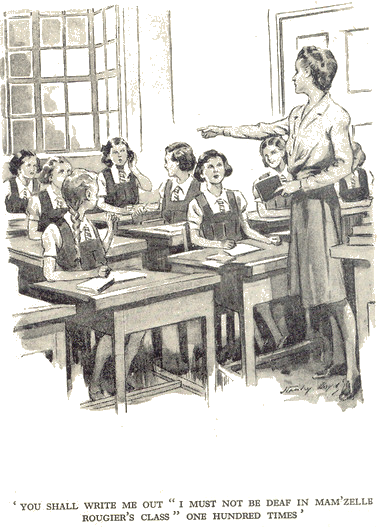Black Girls Boarding: Identity and Diversity in Britain’s Private Schools
I started boarding at 11 years old, and when I arrived from a sunny Ethiopia to a cold English coastal town, to say I was confused is an understatement and I didn’t channel it well. I quickly threw myself into school life, trying to remind myself that it was an adventure but I was also a difficult child who struggled to communicate in between the clowning around and lashing out. I remember being so amazed that a girl in her last year of Sixth Form was from my neighbouring country of Eritrea. Some staff members were unnecessarily worried about us getting on because our countries were at war but she felt like a piece of home to me for that year she was there. I would go home 3 times a year but the visits got less frequent as time went on until they stopped all together. The strained relationship with my mother deepened cultural differences over time which made the trips more painful. I didn’t how to be Ethiopian when I went home because of the British influences shaping my identity at school and felt under scrutiny while trying to discover myself. My mother thought liberal teachers were filling my head with nonsense when I questioned things, while my English father celebrated their teachings. So I became more distant from my roots because I felt that I had to choose and being British felt the easy, most comfortable option at the time.

Our school had pupils from a wide mix of economic backgrounds so fortunately no one really cared to create divisions in regards to social standing, but Black diversity was definitely a problem! We had a few Heads of School, but I remember one who used to call me and the 5 other black girls in Sixth Form the same name no matter how many times he was corrected. The numbers of black students did begin to improve during my time but they were still pretty low. The largest percentage of international students came from East Asian countries at around 20%. The rest of the school’s makeup I would say was 70% white and 10% other. The figures from the 2016–2017 and 2014–2015 Independent Schools Council survey on Ethnic Diversity are the most detailed over the years they have done these surveys. It shows that there is still a divide which reflects the figures I had estimated for my own school. Since the 2004–2005 survey (my GCSE years), figures have crept up slightly for pupils from Africa but there is still a way to go.

Our founder Margaret Isabella Gardiner wanted to create a school “where girls are treated like sensible creatures” and while I was not sensible, I can largely attribute being the feminist I am today to the positive influences that encouraged all students to become strong and independent women. I had reached the end of my GCSES before I began to turn a corner; many staff members had written me off by then as the angry black girl but I was lucky that a small handful never gave up and persisted throughout the years. They tried to understand and support me, seeing potential when I couldn’t and encouraged my creativity and I will always be grateful to them. It took me a long time to realise that I could hold my multiple identities simultaneously without feeling conflicted by their presence with one another. I am a proud queer black woman who is of Ethiopian and British heritage; no one will define me but me.
Hx


Comments
Post a Comment